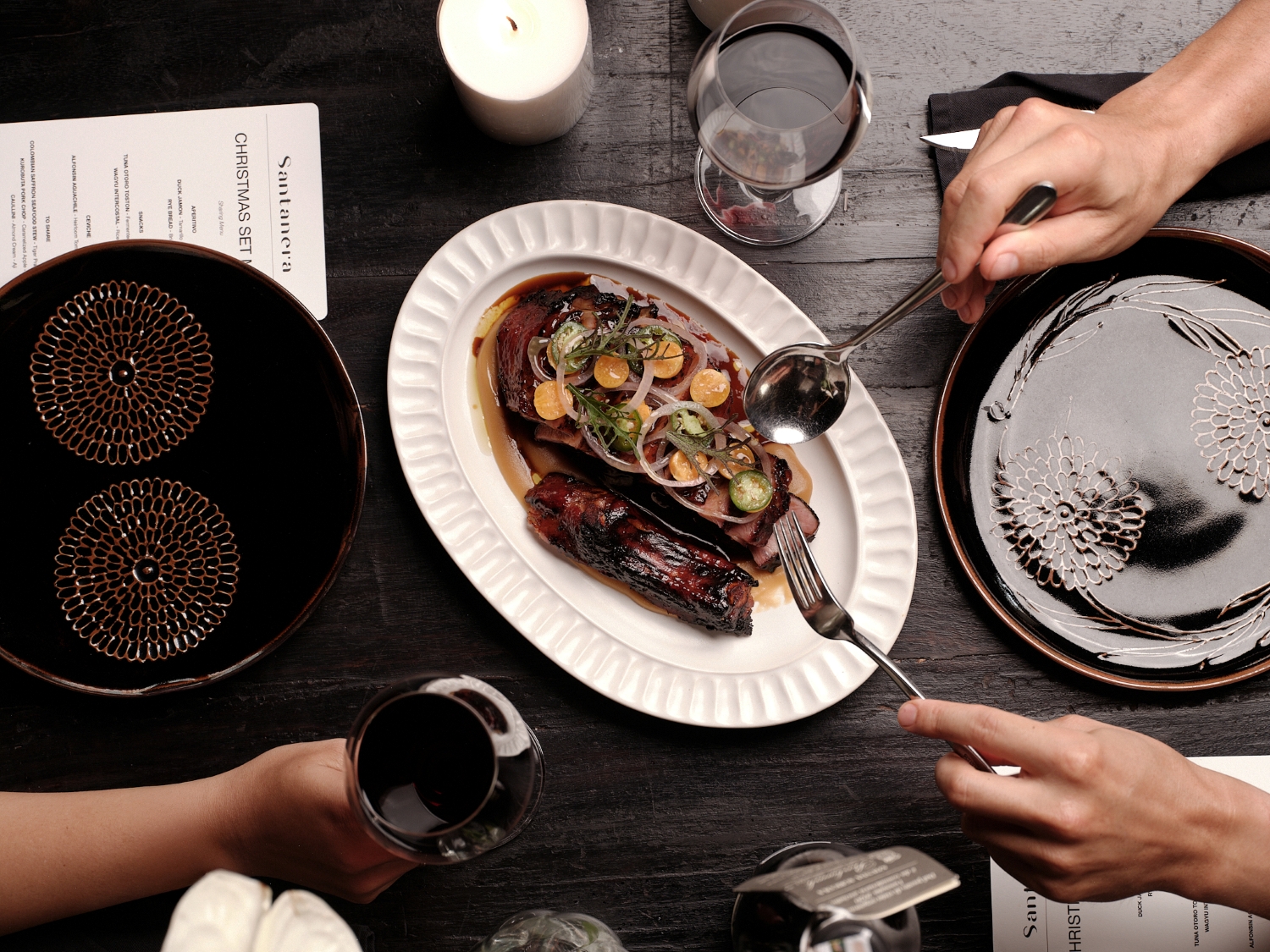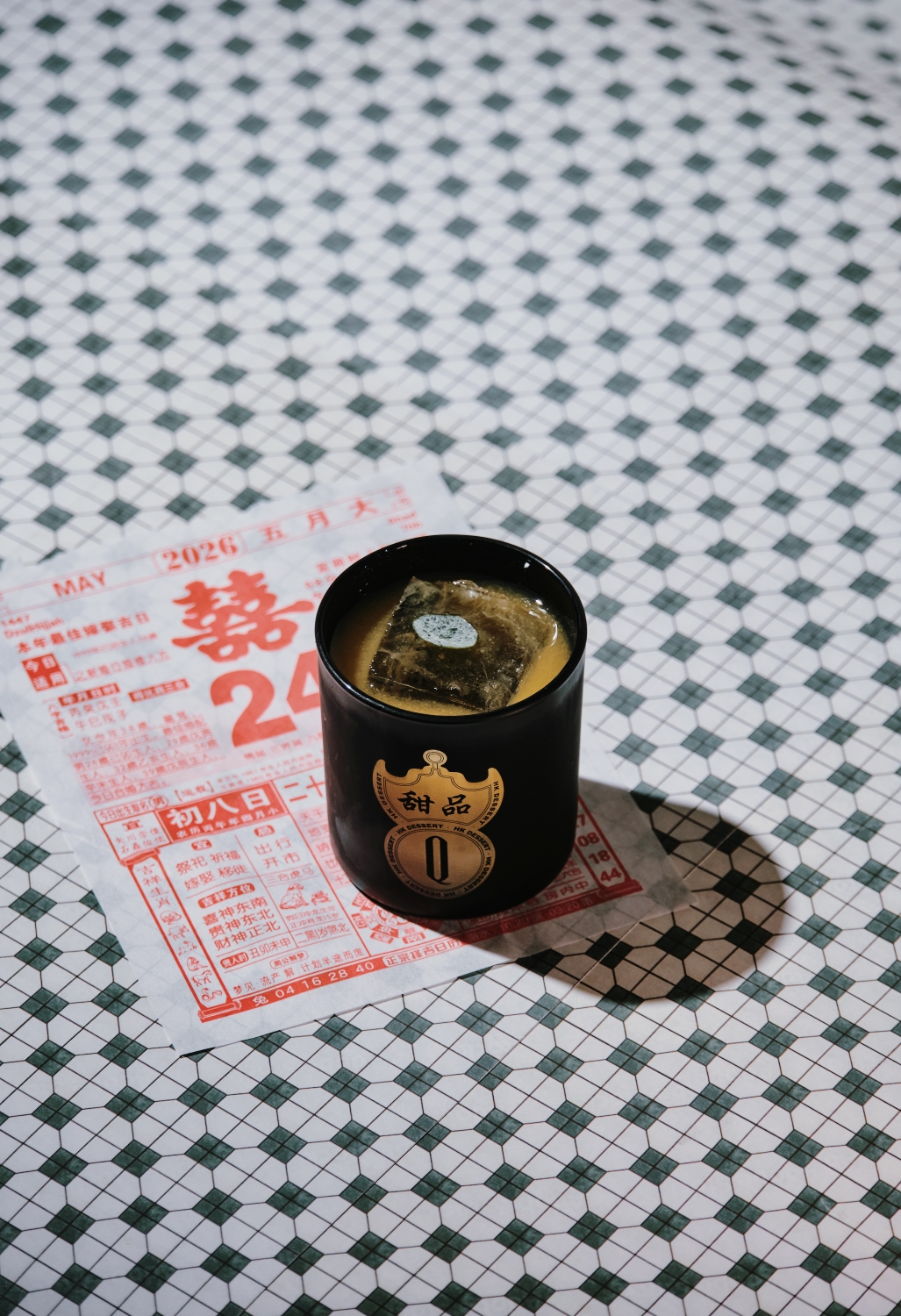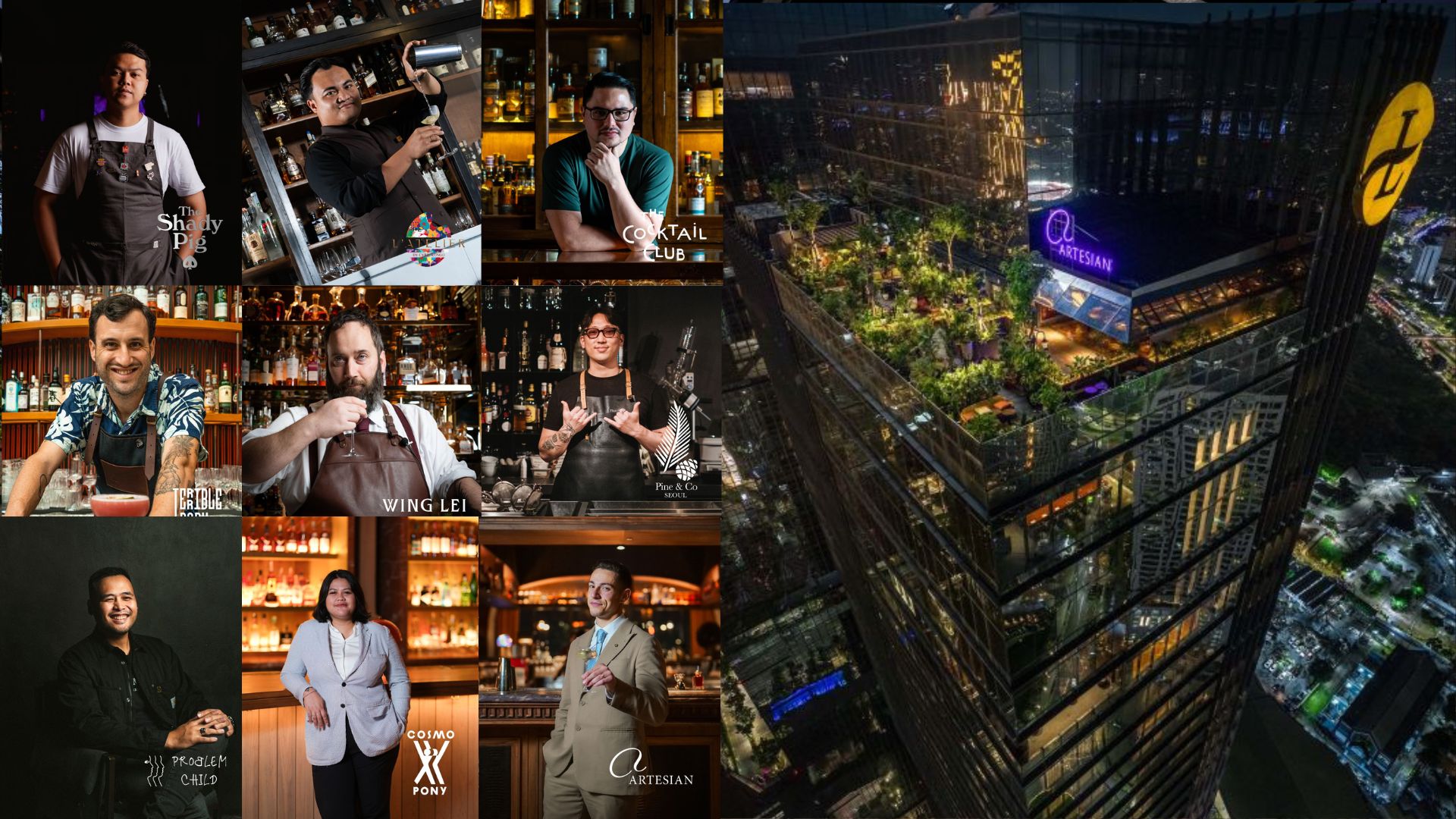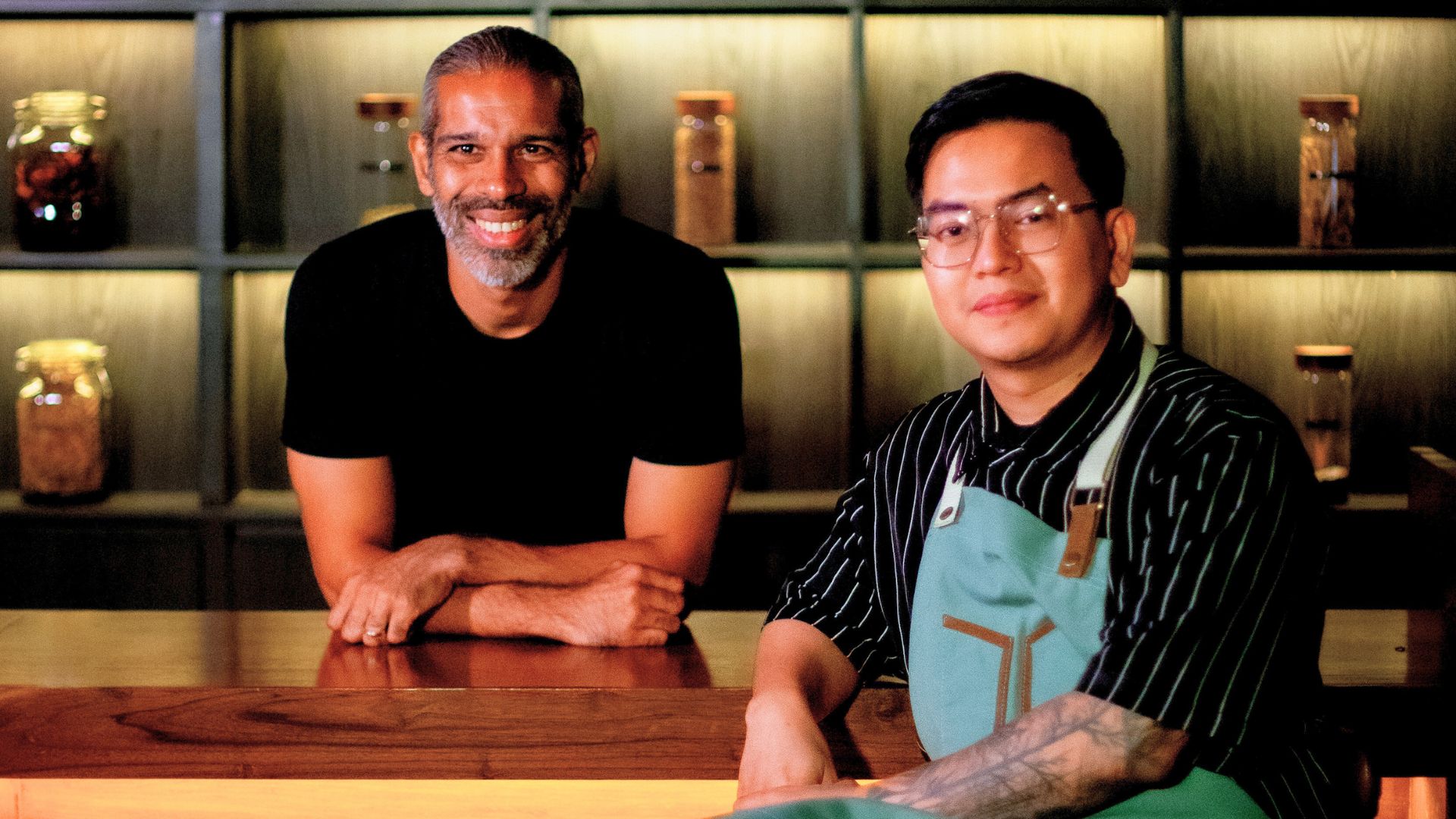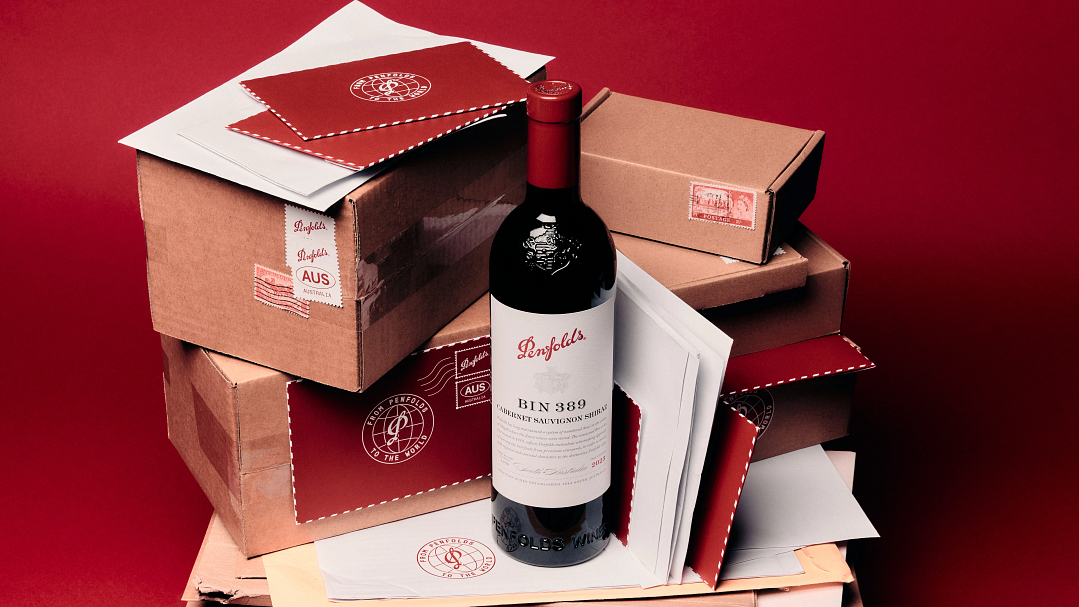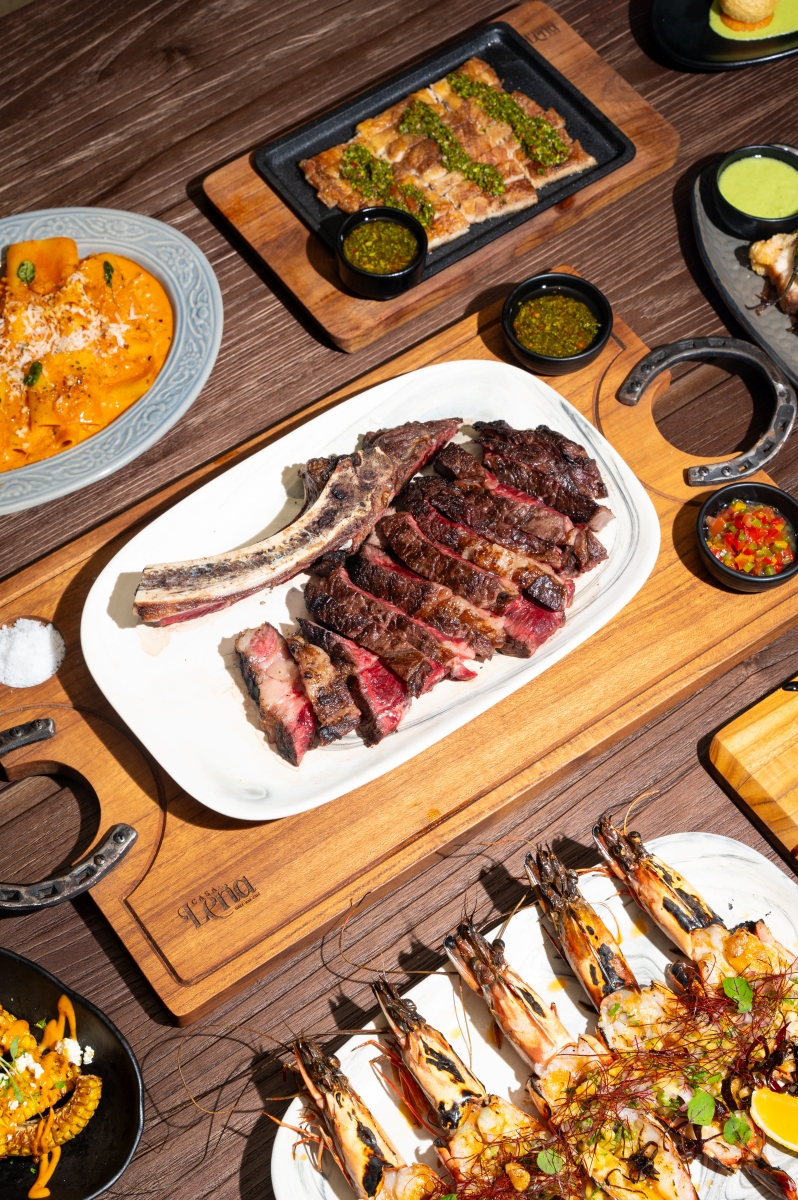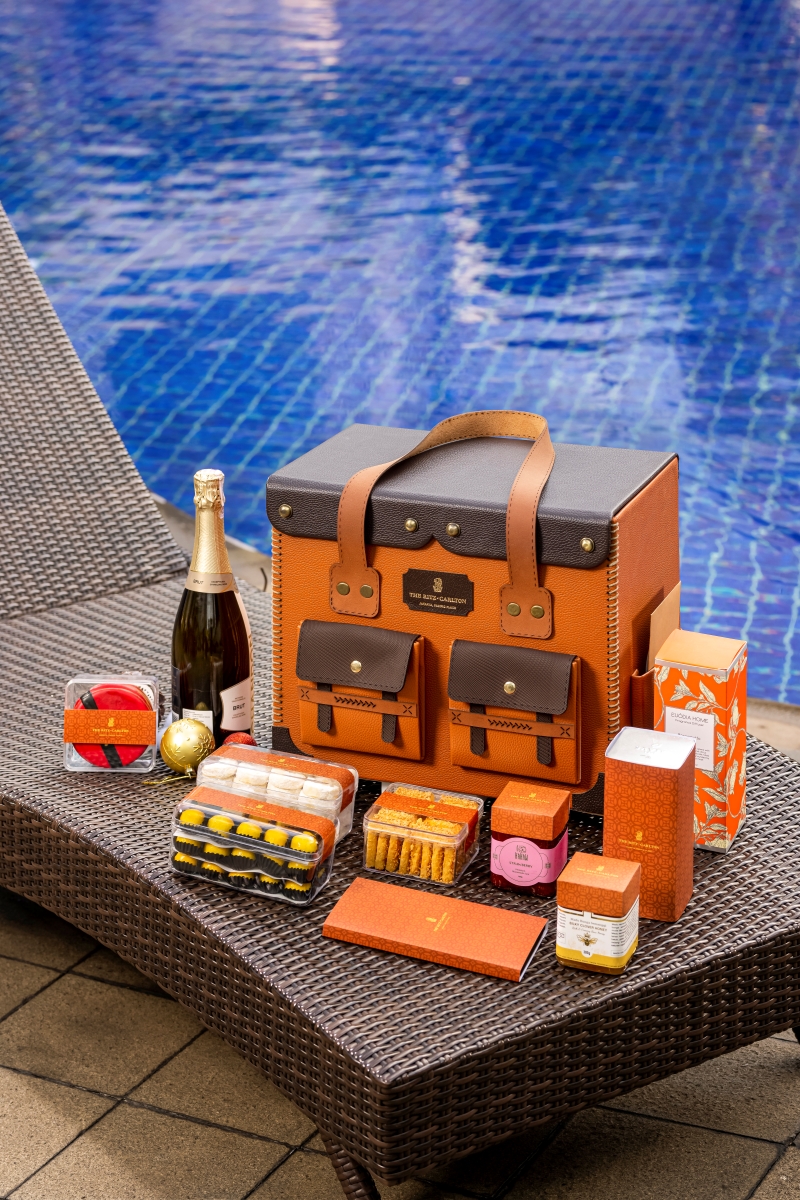Communal dining is something we naturally do every day, like having breakfast with family, grabbing lunch with friends, or enjoying dinner with loved ones. In Asia, sharing meals together is a long-standing tradition that's really part of the culture.
Asian cultures have long embraced food as a means of bringing people together. Food is our way of communication and a sign of affection to others. For many, there is no finer way to spend time with loved ones than by sharing a sumptuous meal of your favorite dishes. Makan Tengah, or communal dining, is a deeply rooted and familiar tradition in many Asian countries. It embodies the simplest yet profound act of tradition, celebrated daily by sharing a meal at the same table. Often sharing not just food, but stories and laughter, creating lasting memories in the process.
From enjoying a steaming broth of Hot Pot together to savoring various meat delicacies in KBBQ, communal dining practices are prevalent, especially in cities like Jakarta. This familiarity allows different Asian cultures to embrace and adapt to each other’s communal dining customs. But what other fun communal dining experiences can you try?
Communal Dining : Asia Edition
Hot Pot (China)
In China, people often call Hot Pot as 火锅 (huǒguō), which means Fire Pot. It is a communal dining experience where people share a large pot of simmering broth in the middle of the table. Around this pot, you will find various fresh, raw ingredients, such as thinly sliced meats, seafood, vegetables, mushrooms, tofu, and even noodles that you can choose and add to the bubbling broth that comes in different flavors: mild, savory, or spicy. Once the ingredients are added, they cook quickly in the hot broth, allowing one to enjoy their meal straight from the pot. In addition to the main pot, various dipping sauces are usually available to enhance the flavors of the cooked ingredients. This interactive cooking lets everyone customize their meal based on their tastes.
KBBQ (Korean)
KBBQ, short for Korean barbecue, is a dining experience where thinly sliced meat is cooked over a hot grill located in the center of the table. The marinated meat comes in various flavors, including soy sauce, toasted sesame oil, and gochujang.The tradition of grilling meat on open flames can be traced to the Goguryeo era (37 BCE – 668 CE), where communities engaged in communal meat grilling as a form of celebration. At the table, you will also find banchan, such as kimchi and pajeon, served in small bowls. A key element of KBBQ is “ssam,” which refers to the practice of wrapping the meat and other desired ingredients in leaves such as lettuce, perilla, or sesame leaves.
Yum Cha (Hong Kong)
In Cantonese tradition, “Yum Cha” refers to the practice of drinking tea and enjoying dim sum with friends or family, often accompanied by a game of mahjong. Traditionally held in the late morning or early afternoon, Yum Cha offers an opportunity to catch up on each other’s news and lives over delectable food and warm, comforting drinks. The shared experience of selecting and savoring various dim sum dishes, combined with leisurely enjoyment of tea, makes Yum Cha a cherished tradition that fosters community and communication.
Nabemono (Japan)
Nabemono, or nabe, is a traditional Japanese hot pot that is typically cooked in a donabe (Japanese clay pot) and can include a wide variety of ingredients. It is often enjoyed as a comforting winter dish and made with a flavorful dashi stock made from ingredients such as kombu (sea kelp) and bonito flakes that simmer with a mix of vegetables and proteins. There are many regional varieties of nabe, such as Ishikari-nabe from Hokkaido, Kiritampo-nabe from Tohoku, Hoto-nabe from Kanto, Udon-suki from Kansai, and Mizutaki from Kyushu. People often enjoy nabe in the warmth of their kotatsu, and during the year-end, it’s common for families to prepare a special New Year nabe, sharing it together to celebrate the season.
Mu Kratha (Thailand)
In Thailand, Mu Kratha might be the go-to communal meal to enjoy with friends and family — this dish is a combination of Korean Barbecue and Chinese Hot Pot. It’s typically enjoyed with friends and family, where a dome-shaped grill sits in the center, allowing diners to grill meat, seafood, and vegetables while a flavorful broth simmers around the edges. They said that in Thailand, creating your own secret sauce or noodle soup just the way you like is an art form that must be taken very seriously.
Dastarkhān (South Asia)
Dastarkhān, also spelled as dastarkhwān, is a beloved communal meal tradition found in South Asia such as Afghanistan, Pakistan, and India. The term itself has a dual significance; it not only refers to the tablecloth that serves as a clean and inviting surface for presenting food but also encompasses the entire arrangement of the meal. People often sit on the floor or on low cushions around the dastarkhān, where the food is placed in the center. A dastarkhān can range from a simple setup with tea and bread to a lavish spread that includes various salads, nuts, candies, and meat for a feast.
Mezban (Bangladesh)
Mezban is a beef-centered feast that has been a tradition in Bangladesh for hundreds of years. “Mezban” also refers to the cooking technique used, where meat and all ingredients are prepared together in a large cooking vessel or area. During this festive occasion, specific menus typically include rice, beef, lentils, and salad, with the option to add chicken and vegetables as well. The preparation is a communal activity, with family members and neighbors often coming together to cook and share the labor. The meal is then enjoyed together, with everyone seated around the same table or dining area.
Sufra (Middle East)
In Arabic, the term “sufra” refers not only to a dining table but also embodies the cultural practice of communal dining: to share meals, stories and create memories. Additionally, this tradition holds significant importance within Islamic culture that food served in Sufra must adhere to halal guidelines. Typically, a sufra meal includes an array of dishes such as lamb, chicken, rice, vegetables, and a variety of breads, all spread out on a large cloth or low table. The food is often served in large platters, from which everyone helps themselves.


